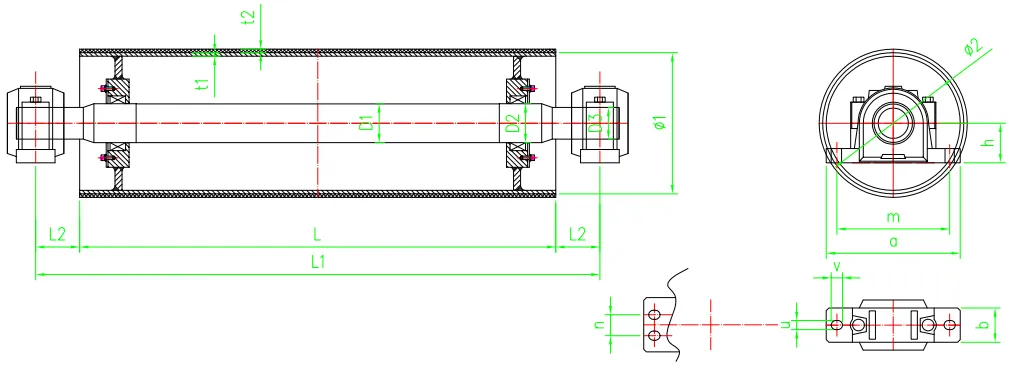 Afrikaans
Afrikaans  Albanian
Albanian  Amharic
Amharic  Arabic
Arabic  Armenian
Armenian  Azerbaijani
Azerbaijani  Basque
Basque  Belarusian
Belarusian  Bengali
Bengali  Bosnian
Bosnian  Bulgarian
Bulgarian  Catalan
Catalan  Cebuano
Cebuano  Corsican
Corsican  Croatian
Croatian  Czech
Czech  Danish
Danish  Dutch
Dutch  English
English  Esperanto
Esperanto  Estonian
Estonian  Finnish
Finnish  French
French  Frisian
Frisian  Galician
Galician  Georgian
Georgian  German
German  Greek
Greek  Gujarati
Gujarati  Haitian Creole
Haitian Creole  hausa
hausa  hawaiian
hawaiian  Hebrew
Hebrew  Hindi
Hindi  Miao
Miao  Hungarian
Hungarian  Icelandic
Icelandic  igbo
igbo  Indonesian
Indonesian  irish
irish  Italian
Italian  Japanese
Japanese  Javanese
Javanese  Kannada
Kannada  kazakh
kazakh  Khmer
Khmer  Rwandese
Rwandese  Korean
Korean  Kurdish
Kurdish  Kyrgyz
Kyrgyz  Lao
Lao  Latin
Latin  Latvian
Latvian  Lithuanian
Lithuanian  Luxembourgish
Luxembourgish  Macedonian
Macedonian  Malgashi
Malgashi  Malay
Malay  Malayalam
Malayalam  Maltese
Maltese  Maori
Maori  Marathi
Marathi  Mongolian
Mongolian  Myanmar
Myanmar  Nepali
Nepali  Norwegian
Norwegian  Norwegian
Norwegian  Occitan
Occitan  Pashto
Pashto  Persian
Persian  Polish
Polish  Portuguese
Portuguese  Punjabi
Punjabi  Romanian
Romanian  Russian
Russian  Samoan
Samoan  Scottish Gaelic
Scottish Gaelic  Serbian
Serbian  Sesotho
Sesotho  Shona
Shona  Sindhi
Sindhi  Sinhala
Sinhala  Slovak
Slovak  Slovenian
Slovenian  Somali
Somali  Spanish
Spanish  Sundanese
Sundanese  Swahili
Swahili  Swedish
Swedish  Tagalog
Tagalog  Tajik
Tajik  Tamil
Tamil  Tatar
Tatar  Telugu
Telugu  Thai
Thai  Turkish
Turkish  Turkmen
Turkmen  Ukrainian
Ukrainian  Urdu
Urdu  Uighur
Uighur  Uzbek
Uzbek  Vietnamese
Vietnamese  Welsh
Welsh  Bantu
Bantu  Yiddish
Yiddish  Yoruba
Yoruba  Zulu
Zulu conveyor belt pulley types
Understanding Conveyor Belt Pulley Types
Conveyor belts are integral to various industries, facilitating the efficient transport of materials across different production and processing environments. At the heart of any conveyor system lies the pulley, an essential component that plays a crucial role in the movement of the conveyor belt. Understanding the different types of conveyor belt pulleys is vital for designing effective material handling systems.
Types of Conveyor Belt Pulleys
1. Drive Pulleys Drive pulleys are the primary source of power in a conveyor system. These pulleys are connected to the motor and are responsible for driving the conveyor belt forward. They are designed to withstand high levels of torque and provide the necessary traction to move heavy loads. Typically, drive pulleys are manufactured from robust materials to ensure durability and longevity.
2. Idler Pulleys Idler pulleys support the conveyor belt, helping it maintain the correct tension and alignment. These pulleys do not provide any drive but play an essential role in guiding the belt along its path. Idler pulleys are found at various points along the conveyor system and come in different configurations, including flat, crowned, and rubber-coated designs, to optimize belt performance and reduce wear.
3. Tail Pulleys Located at the end of the conveyor system, tail pulleys support the belt as it returns to the drive pulley. These pulleys help in maintaining the tension and ensuring that the belt tracks correctly. Tail pulleys may also have a rubber lagging to enhance friction, preventing slippage and improving the overall performance of the conveyor system.
conveyor belt pulley types

4. Head Pulleys Positioned at the discharge end of the conveyor, head pulleys play a critical role in discharging materials from the belt. Often equipped with a conveyor belt cleaning system, they ensure that discharged materials do not build up and cause potential blockages or inefficiencies.
5. Snub Pulleys Snub pulleys are used to increase the angle of wrap around the drive pulley. This additional contact helps to enhance the grip between the belt and the drive pulley, providing better traction and reducing slippage. Snub pulleys are particularly beneficial in systems where higher loads are transported or where extreme incline angles are necessary.
6. Take-Up Pulleys These pulleys are used in conjunction with take-up devices to adjust the tension of the conveyor belt. Proper tension is crucial for minimizing wear on the belt and ensuring efficient operation. Take-up pulleys can be manual or automatic, allowing for easy adjustment based on operational needs.
Conclusion
Selecting the right type of pulley is essential for optimizing the performance and longevity of a conveyor belt system. Each type of pulley serves a specific function, contributing to the overall efficiency and capacity of the material handling process. Proper maintenance and timely replacement of worn pulleys ensure that the conveyor system operates smoothly and effectively, preventing costly downtime and improving productivity.
Understanding the roles and characteristics of drive, idler, tail, head, snub, and take-up pulleys can significantly enhance the design and functionality of any conveyor system. Industry professionals must carefully consider these components when planning, installing, or upgrading their conveyor systems to achieve the best possible outcomes for their operational needs. By making informed choices regarding pulley types, manufacturers can ensure that their conveyor systems run smoothly and efficiently, leading to increased productivity and reduced operational costs.
-
Trusted Conveyor Solutions from Leading Conveyor Idler Roller ManufacturersNewsJun.27,2025
-
Reliable Return Idler Solutions for Efficient Belt Conveyor SystemsNewsJun.27,2025
-
Precision Conveyor Accessories for Streamlined Material HandlingNewsJun.27,2025
-
High-Quality Belt Conveyor Idler Solutions for Efficient Material HandlingNewsJun.27,2025
-
High-Performance Belt Conveyor Pulleys for Reliable Material HandlingNewsJun.27,2025
-
Enhancing Material Handling EfficiencyNewsJun.27,2025





























